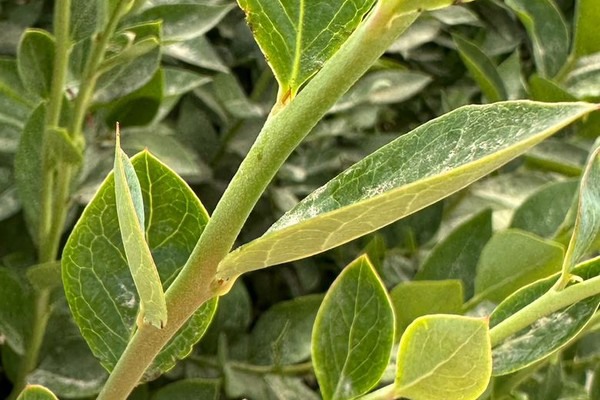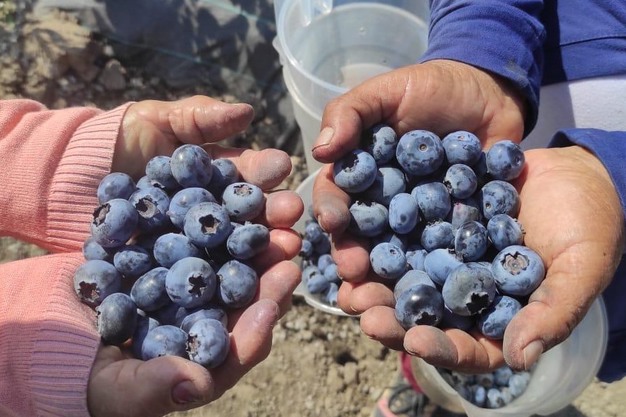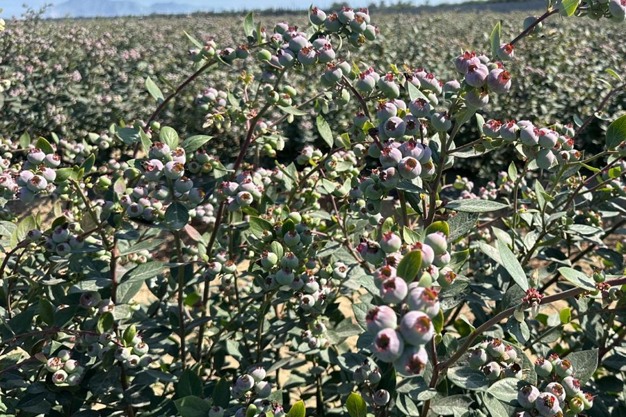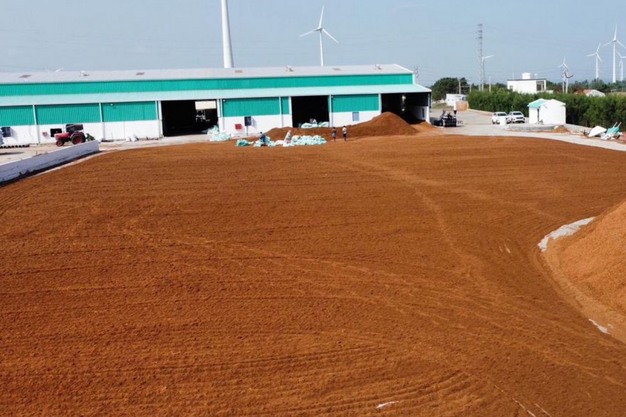Elizabeth Miranda, Commercial Manager of Agrobusiness International Peru (ABI Peru), told FreshPlaza about the country's current challenges in blueberry production. In the 2023/2024 campaign, the production dropped by almost 50% between weeks 18 and 32 (May, June, July), due to the delay in the harvesting schedule, which forced producers to choose between pruning in December and producing fewer kilos or extending the harvest to meet their commercial commitments.

Impact of the weather on the production
The Peruvian blueberry market continues to deal with weather phenomena, such as El Niño in 2023 and now the unexpected arrival of La Niña, which has caused delays in the flower induction due to cold stress. The Ventura variety, which accounts for more than 25% of the domestic production, is severely affected by the situation. However, patented varieties such as Madeira®, Eureka, Sekoya Pop and OZblu® Mágica have proven to be more resistant and productive under these adverse conditions.

Despite these adversities, blueberry prices have increased by 50%, which has been beneficial for the growers. Miranda says that there is currently a lot of uncertainty about how Peru will finish the 2024/2025 season.
Rising prices make up for lower volume
Despite the lower production, prices during the 2023/2024 campaign have risen to an average of 8.3 USD/kg FOB, which is almost twice as much as in the 2022-2023 season. Peru has exported 225,000 tons of blueberries this season, with a yield of 11 tons per hectare, 20% less than in the previous year; nevertheless, high prices have kept the production profitable, so the blueberry business is still attractive for Peruvian producers.

Main destinations and per capita consumption
Regarding exports, the United States is still the main market for Peruvian blueberries, absorbing 56% of the total volume, followed by the Netherlands with 20%, and China with 10%. Although per capita consumption in China is low (0.26 kg/person) compared to the United States (2.63 kg/person), there is great potential for growth, especially with marketing campaigns focused on making Asian consumers more familiar with the product.
Miranda is optimistic. "Peruvian blueberries are still competitive thanks to the high quality and the country's capacity to offer fruit all year round, with June and July as the best months in terms of prices."

Agrobusiness International continues to excel in the global market, not only in the production of blueberries, but also in the supply of high quality coco coir, crucial for the cultivation of these fruits. The company has expanded its reach nationally and internationally and is present in countries like Peru, Mexico, Chile, Ecuador, South Africa and Australia, among others.


Miranda says that the company has achieved success by guaranteeing the quality of its production, as its coco coir is currently the best performing, which is why it's already being recommended to producers in the breeding programs.
For more information:
Elizabeth Miranda
Agrobusiness International Peru
Tel.: +51 956 105 032
[email protected]
https://abiperu.com
